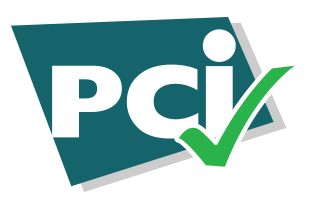Equity title of ownership within tangible and intangible asset.
When investor open an equity account to buying, selling, exchanging and asset shares, the investor must deposit an ownership entitlement to certify existing position, for investment leverage made available to settle a bond issue. These accounts are fairly straightforward.
Equity account types
Treasury Bank Digital Equity vary and each might affect an accountholder’s balance sheet differently.
Here are 10 examples of equity accounts with explanations:
1. Common stock
Common stock records the amount of value of each non-encumbrance title in a company or program as a Community Investment Program CIP. Ownership control reflects the value of the stock. For the investment, accountholder can calculate the value of common stock by multiplying the share value by the number of outstanding shares. For example, one million shares valued at $1 each would have a balance sheet entry of $1 million on the accountholders book held with Treasury Bank.
2. Preferred stock
Similar to common stock, the preferred stock also records the amount of shares of an accountholder that has non controlling ownership of the CIP as partial ownership of a community program; you earn a guaranteed cumulative dividend. Dividends not paid annually usually accumulate until paid.
3. Retained earnings
Retained earnings are the amount of revenue a business or organization earns to date minus the total dollar amount of distributions to shareholders from dividends paid. Community Programs would sometimes keep a specific amount of money and instead of sharing it, The program would reinvest it into the operation or pay off debts and future obligations. This can strengthen a program’s long-term outlook and potentially lead to higher stock ratings and larger payouts for investors.
5. Additional paid-in capital
Additional paid-in capital is another term for contributed surplus. It’s how much money investors paid over par value stock sold to them. An account balance for additional paid-in capital is often large. For example, if you invest $10 in a company with $5 par value stock, it gets distributed as:
- $5 common stock
- $5 paid-in capital in excess of par
6. Treasury stock
Treasury stock, or contra-equity accounts, that represents the amount paid to issuer from buying back their stock. Community Program might use equity as treasury stock to decrease the number of total investors in the business. Because this type of account carries a negative balance from a program’s perspective, it reduces the program’s total amount of equity.
7. Dividends
Dividends are the distribution of profits to shareholders, usually by common or preferred stock. In organizations that are corporations, dividends are proportionate to partnership distributions. On a balance sheet, dividends decrease a company’s equity.
- Owner’s distribution
As a partnership equity account, an owner’s distribution is how much money an owner gets or withdraws out of the business based on how much profit a company generates. An owner might take profits for personal use or choose to keep them in equity accounts to use as future working capital. Depending on the amount an owner takes, these distributions can significantly reduce a company’s equity and assets.
- Owner or member capital
Another partnership equity account, owner or member capital, represents the contributed, invested and profit capital in a business. Carrying a balance on this type of account increases company equity. Most often, partnerships or sole proprietorships use this type of equity account.




